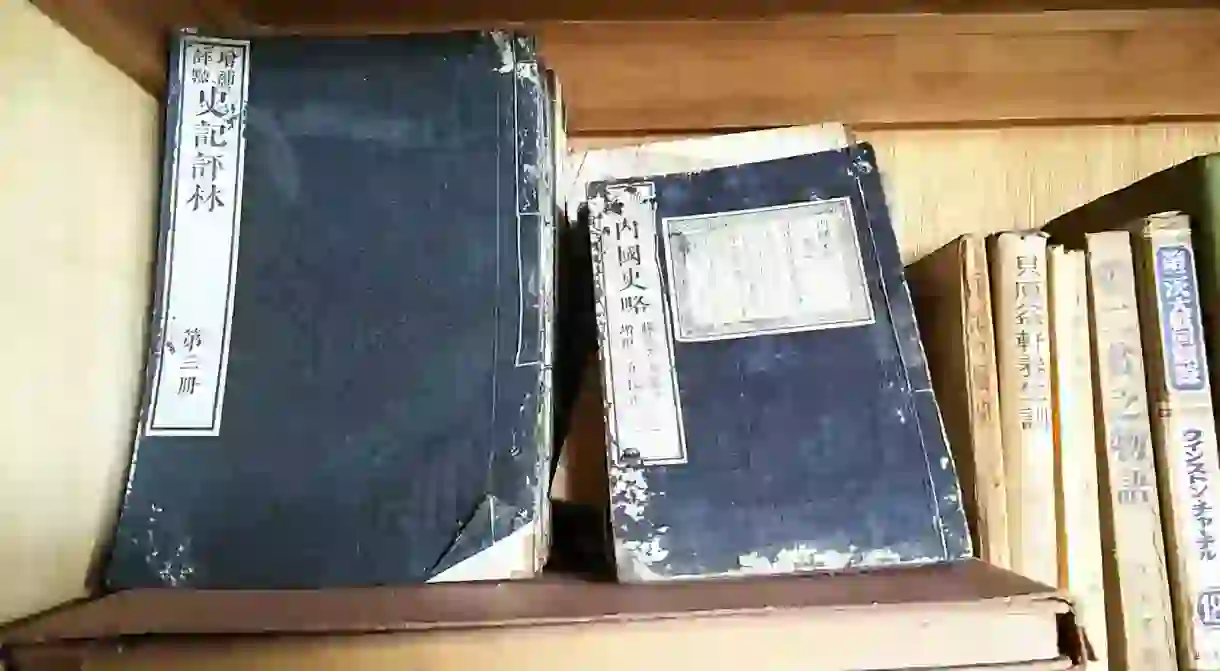9 Essential Books by Japan’s Nobel Prize-Winning Writers

With the announcement of the 2017 Nobel Prize winners, British contemporary author Kazuo Ishiguro joins the small but extremely talented cohort of writers from Japan or of Japanese descent to be awarded the Nobel Prize in Literature. If you haven’t yet had the pleasure of picking up a work from one of these prize-winning authors, here are 9 essential novels to add to your reading list.
Kazuo Ishiguro
Born in Nagasaki in 1954, Ishiguro moved to the UK at age five. He writes in English, but his works have been translated into over 50 languages including, of course, Japanese.
Ishiguro’s works are known for their exploration of human nature and how people can be changed by the world around them, not always for the better. He tackles these themes across a number of genres, including detective novels, war stories, science fiction, and even fantasy allegories.
The Buried Giant (2015)
This 2015 Arthurian fantasy set in the Dark Ages explores the themes of memory and forgetting and the dangers of collective historical amnesia.
https://www.instagram.com/p/BcaQeDuh9i0/
Never Let Me Go (2005)
Adapted into an acclaimed film in 2010, Ishiguro’s 2005 work Never Let Me Go combines an English boarding school story with dystopian science fiction.
https://www.instagram.com/p/Bcm2S3hjCHI/
The Remains of the Day (1989)
The 1989 novel The Remains of the Day focuses on an aging butler who reflects on his life and past service to an English aristocrat leading up to World War II. It was adapted to film in 1993 and garnered numerous Oscar nominations.
https://www.instagram.com/p/BckKOsoHuzF/
Kenzaburo Oe
Kenzaburo Oe was born in 1935 and came of age during the post-World War II US occupation of Japan. While much of the literature from this period is marked by a bleak or despondent mood, Oe’s works are known for their sharp yet somehow uplifting humor. Many of his books are inspired by his own experiences raising a son who was born with brain damage. Oe was awarded the Nobel Prize in Literature in 1994.
Nip the Buds, Shoot the Kids (1958)
Oe’s first novel Nip the Buds, Shoot the Kids, or 『芽むしり仔撃ち』 Memushiri kouchi, published in 1958, tells the story of a group of young troublemakers who find themselves alone without adult supervision when plague breaks out during the war. The book has been compared to both William Golding’s Lord of the Flies and Albert Camus’s The Plague.
https://www.instagram.com/p/6serHPJnr9/
A Personal Matter (1964)
Originally titled 『個人的な体験』 Kojinteki Na Taiken, the 1964 novel A Personal Matter is the dark comedy of a man who struggles with the birth of his developmentally disabled son. The book is highly regarded for its existentialist meanderings and black, lyrical beauty.
https://www.instagram.com/p/WpkpDLwRMW/
Rouse Up O Young Men of the New Age! (1983)
Another story about a father raising a developmentally disabled son, Oe’s 1983 book 『新しい人よ、眼ざめよ』 Atarashii hito yo mezameyo, or Rouse Up O Young Men of the New Age!, is the semi-autobiographical tale of his experiences coming to terms with his son growing into an adult, intertwined with Oe’s observations about the world around him and musings on the poetry of William Blake.
https://www.instagram.com/p/BZpO7mCBgI5/
Yasunari Kawabata
Yasubari Kawabata (1899-1972) became the first ever Japanese writer to be awarded the Nobel Prize in Literature in 1968. He’s known for his masterful command of prose, achieved through sparse yet hauntingly beautiful language that draws on traditional Japanese aesthetics.
Snow Country (1937)
The 1937 story Snow Country, known as 『雪国』 Yukiguni in Japanese, is considered by many to be Kawabata’s greatest masterpiece. A romantic tragedy about a married man from Tokyo and the geisha with whom he had fallen in love at an onsen resort many years before, the novel’s poetic descriptions capture the dreamlike beauty of the snowy onsen village with an almost haiku-like delicacy.
https://www.instagram.com/p/Bb3QN8Ih0zE/
Thousand Cranes (1952)
In the quietly devastating 1952 novel Thousand Cranes, or 『千羽鶴』 Senbazuru, ugly lust is juxtaposed with the rigid etiquette of the Japanese tea ceremony as a young man finds himself desiring the lover of his late father.
https://www.instagram.com/p/BcaCzImjO0q/
The Old Capital (1962)
Kawabata’s 1962 work The Old Capital, or 『古都』 Koto (sometimes referred to as Kyoto), reflects on the loss of traditional Japanese culture as it follows the story of two young Kyoto women who were separated at birth. The book takes the reader on a tour of Japan’s ancient imperial capital with long passages dedicated to local festivals, kimono patterns, and the changing scenery across the seasons.
https://www.instagram.com/p/BYc9z2yH1bE/













